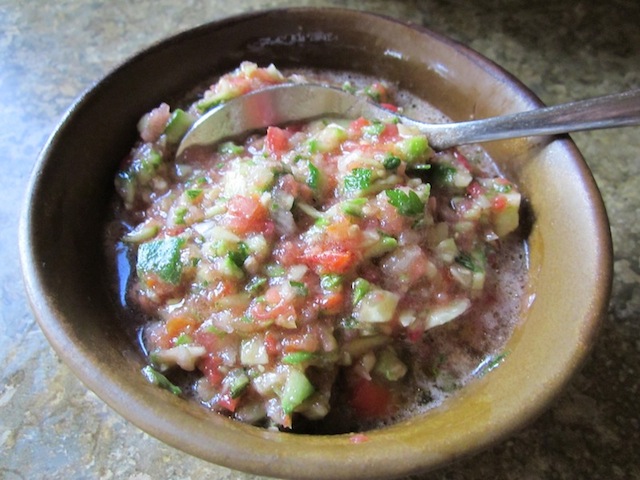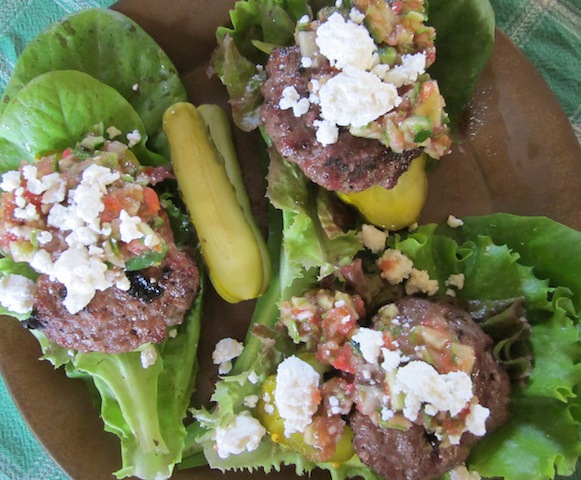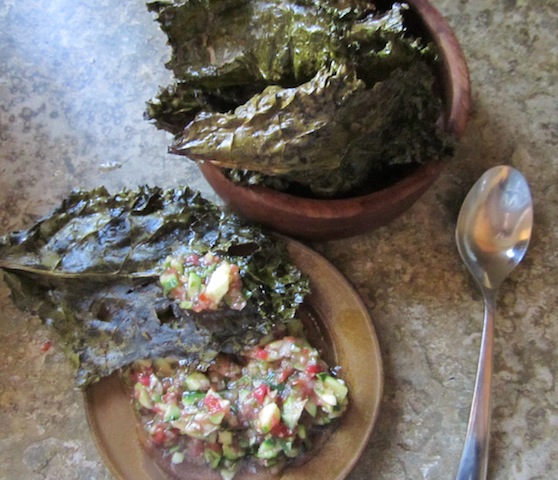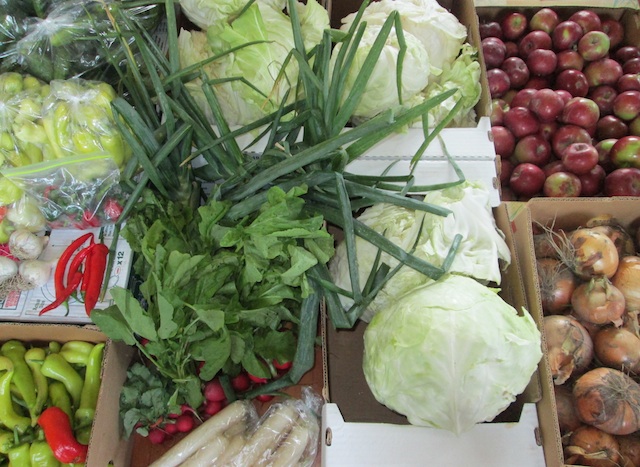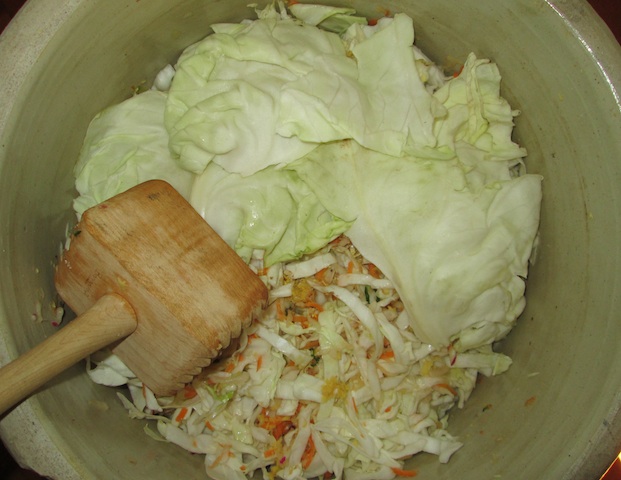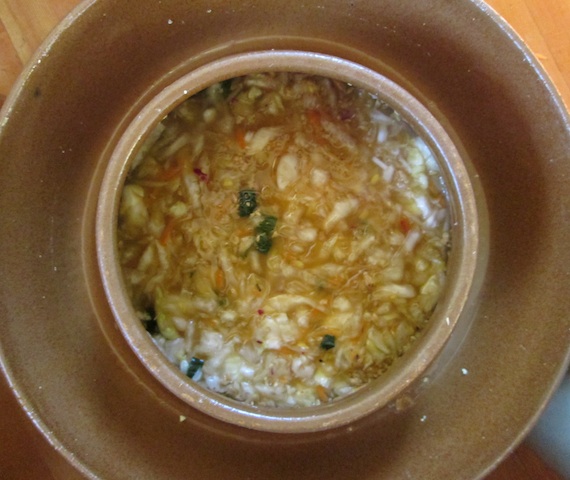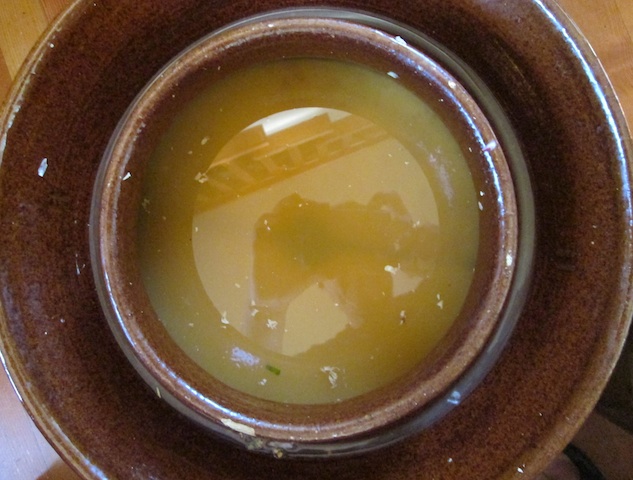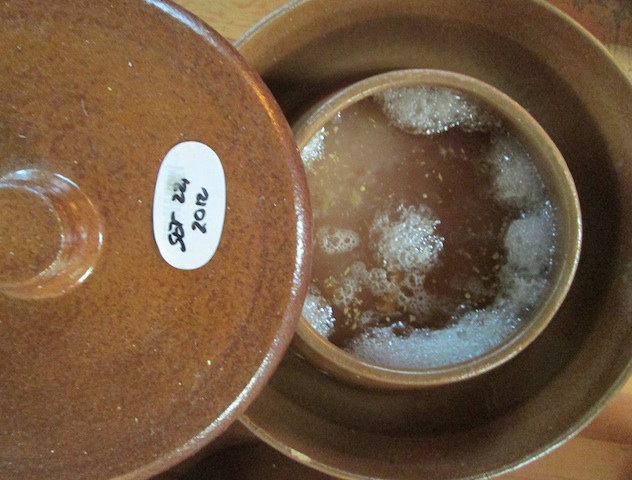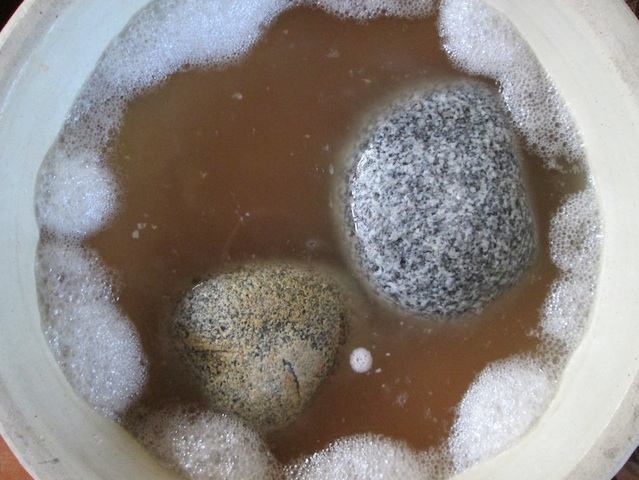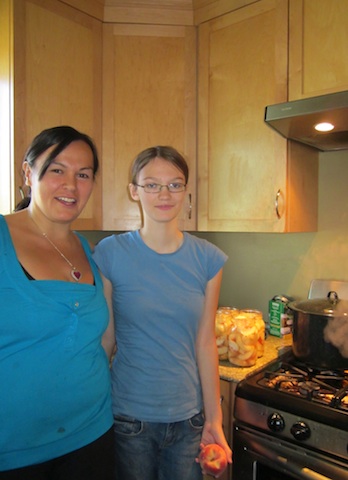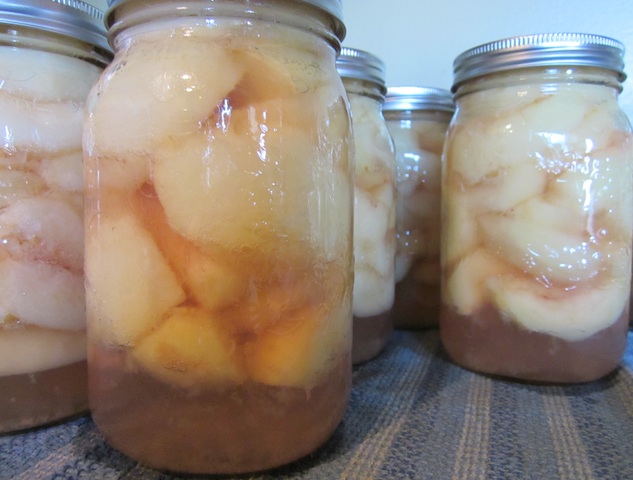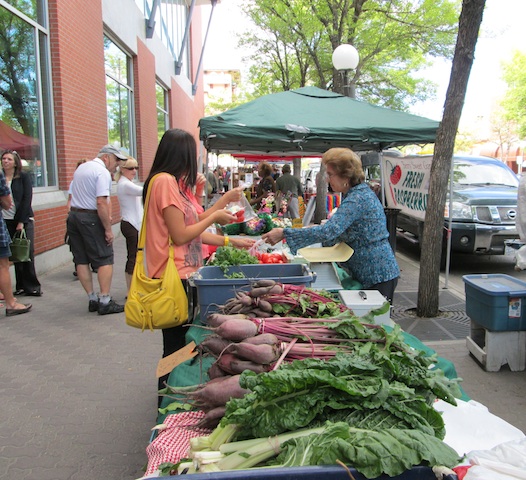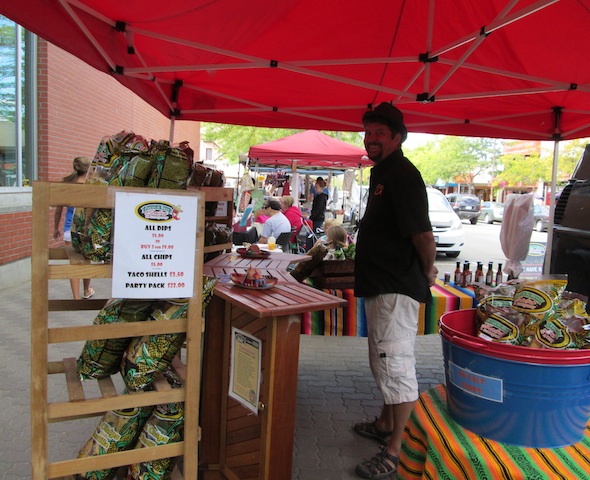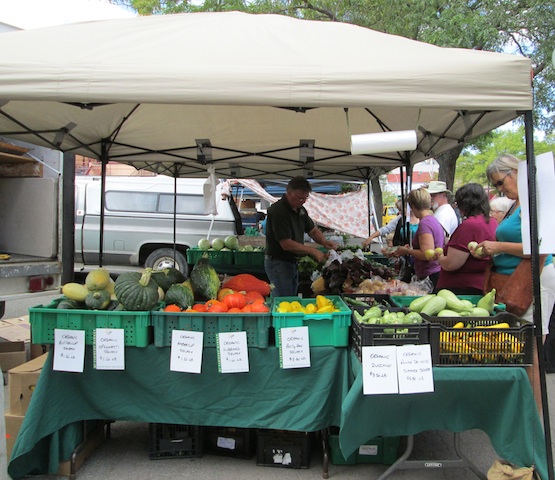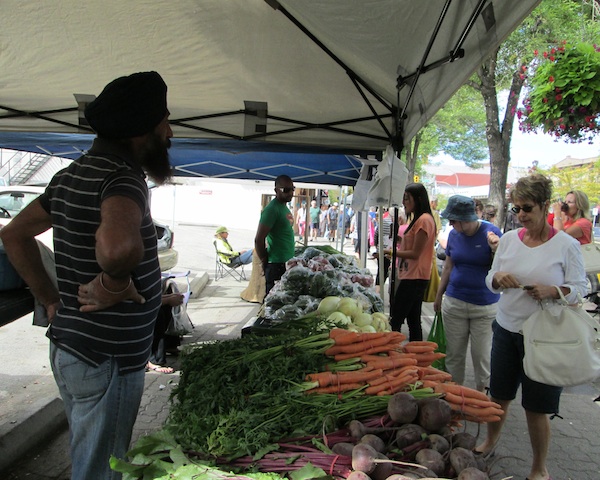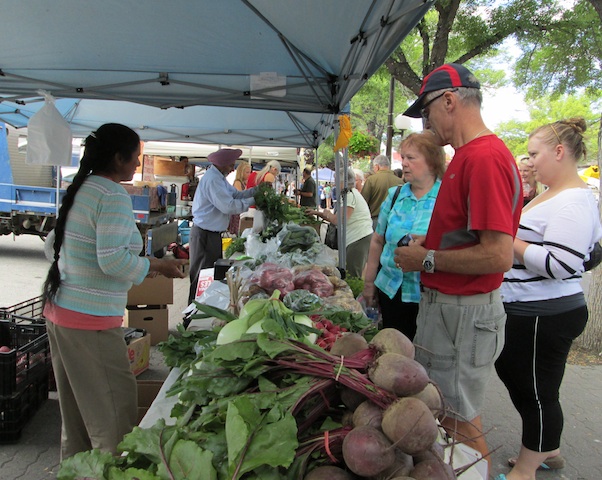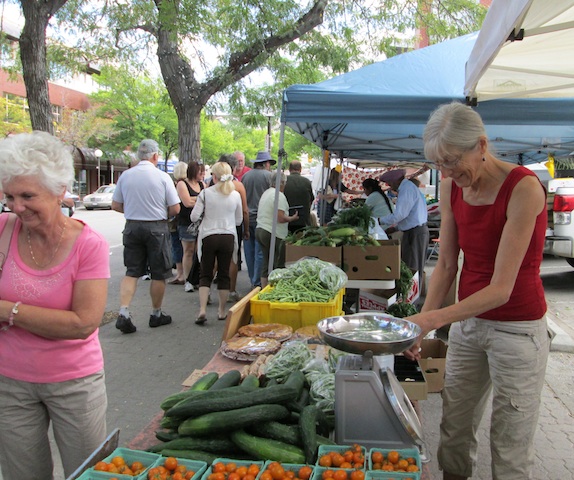“Stevia leaves and stevioside are virtually calorie-free, beneficial in the prevention of cavities and do not trigger a rise in blood sugar. They are not only safe for diabetics and hypoglycemics, but in some countries stevia leaves are even prescribed as a medicinal substance for these conditions because they normalize pancreatic function and thus aid in the metabolism of sugar.”
Weston A Price Foundation: Sugar-Free Blues: Everything You Wanted to Know About Artificial Sweeteners

It has taken me a long time to discover a way to make a stevia extract that is sweet but without the unpleasant aftertaste.
“The whole stevia leaves contain a number of beneficial compounds, including ascorbic acid, calcium, beta-carotene, chromium, cobalt, iron, magnesium, manganese, niacin, phosphorus, potassium, riboflavin, selenium, silicon, sodium, thiamin, tin and zinc.”
Stevia is an excellent sweetener for people with metabolic syndrome or diabetes. It tastes incredibly sweet but some people dislike the aftertaste. I’m one of those people so I’m not a fan of stevia. Nevertheless, I have family and friends with blood sugar issues. It has taken me a long time to discover a way to make a stevia extract that is sweet but without the unpleasant aftertaste.
Normally, when making plant extracts infusions take 4-6 weeks. This does not work with stevia. The trick to making a nice stevia extract is to only infuse for less than 24 hours. During the infusion process, taste the extract every few hours. If the extract starts getting a foul taste, note the time and stop the infusion process. This method will produce a very sweet extract without the nasty aftertaste. I have also found that using homemade vanilla extract as the alcohol base improves the flavor greatly.
1tsp organic stevia powder
1/4c Homemade Vanilla Extract or organic vodka
Add the stevia powder to the homemade vanilla extract and let the stevia infuse for no more than 24 hours. Longer infusions will bring out the unpleasant aftertaste. I don’t normally filter extracts but with stevia filtering is needed to avoid pieces of plant material staying in the extract and fouling the taste. So, filter the extract to remove any stevia powder. A coffee filter or cheese cloth will work well. Decant the stevia extract into a bottle with a dropper for convenient use. Add some more straight vanilla extract if you find the stevia extract too sickly sweet.
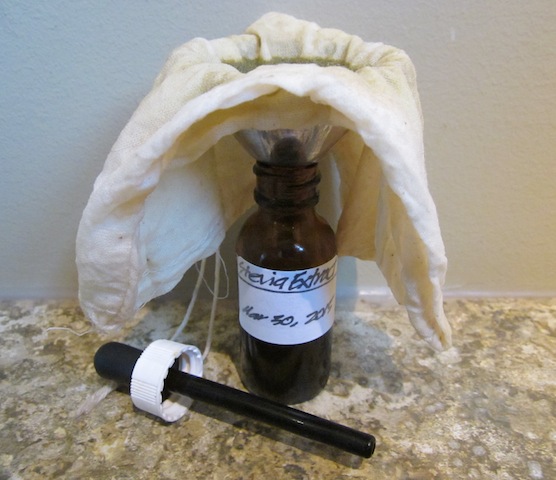
Use a coffee filter or damp cheese cloth to filter out the stevia. Filter a second time, if necessary. I’m still not a fan of stevia but this extract with vanilla is pretty good.
“When applied topically, the stevia leaves also fight acne and speed wound healing while also reducing the formation of scar tissue.”
You can grow stevia at home. If you are looking to purchase, there is a local farm that grows stevia. They attend the Kamloops Farmer’s Market:
Suede Hills Organic Farm
Phil and Cindy Levington
6049 Thompson River Dr, PO Box 513, Savona, BC, V0K 2J0
T: 250.373.0191, C: 250.682.1188
www.suedehills.com
www.steviasweetsuccess.com
44km
certified organic STOPA farm no.166: organic stevia powder, alfalfa powder, pet supplements, worm castings

